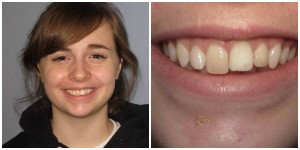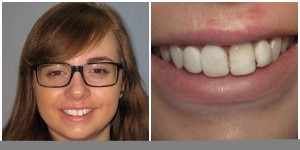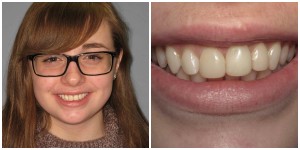By: Dr. Elizabeth Eggert
On average, the price of teeth has gone up since 2000. Over the years, the tooth fairy and her international cohorts have been compelled to leave behind more and more money in exchange for baby teeth.
It turns out the tooth fairy adjusts her gifts according to the strength of the US economy. When the US is doing well, her gifts get more valuable. In 2016, the official Tooth Fairy Index predicts tooth prices will stagnate around $4. In 2014, the price for a tooth was just under $4.50.
Tooth economists track tooth price inflation by polling caregivers. To contribute to their research, visit the Original Tooth Fairy Poll.
About the Tooth Fairy
The impish international phenomenon kids in the United States know as the Tooth Fairy manages a team of tooth traders around the world. These traders visit the homes of children who have recently lost baby teeth. In exchange for teeth, they leave behind cash or small gifts. A visit from the Tooth Fairy helps celebrate your child’s transition to adolescence.
Different countries around the world have different customs. In the United States, children leave their teeth under their pillows for the Tooth Fairy. Kids in Europe do the same thing, but they are visited by the Tooth Elf.
In Argentina and Sweden, the Magical Mouse sniffs out baby teeth in glasses of water. He drinks the water, takes the tooth, and leaves a little money behind. The Magical Mouse also visits children in South Africa. But instead of looking in a drinking glass, he sniffs out teeth under pillows and in slippers.
Magical Mouse’s cousin, Tooth Rat, visits kids in the Philippines. He’s a busy fellow and asks children to leave their teeth on windowsills so he can grab them easily. In return, he leaves a little cash.
The Tooth Fairy isn’t just for kids. She also gives parents and caregivers advice on how to keep their kids’ teeth healthy. You can visit the Tooth Fairy Pinterest page for tips.
Eggert Family Dentistry is proud to support the Tooth Fairy in her quest for beautiful baby teeth. We help kids keep their smiles healthy and gleaming so the teeth they lose will become some of the Tooth Fairy’s most prized possessions. To schedule your child’s appointment, contact Eggert Family Dentistry today.


